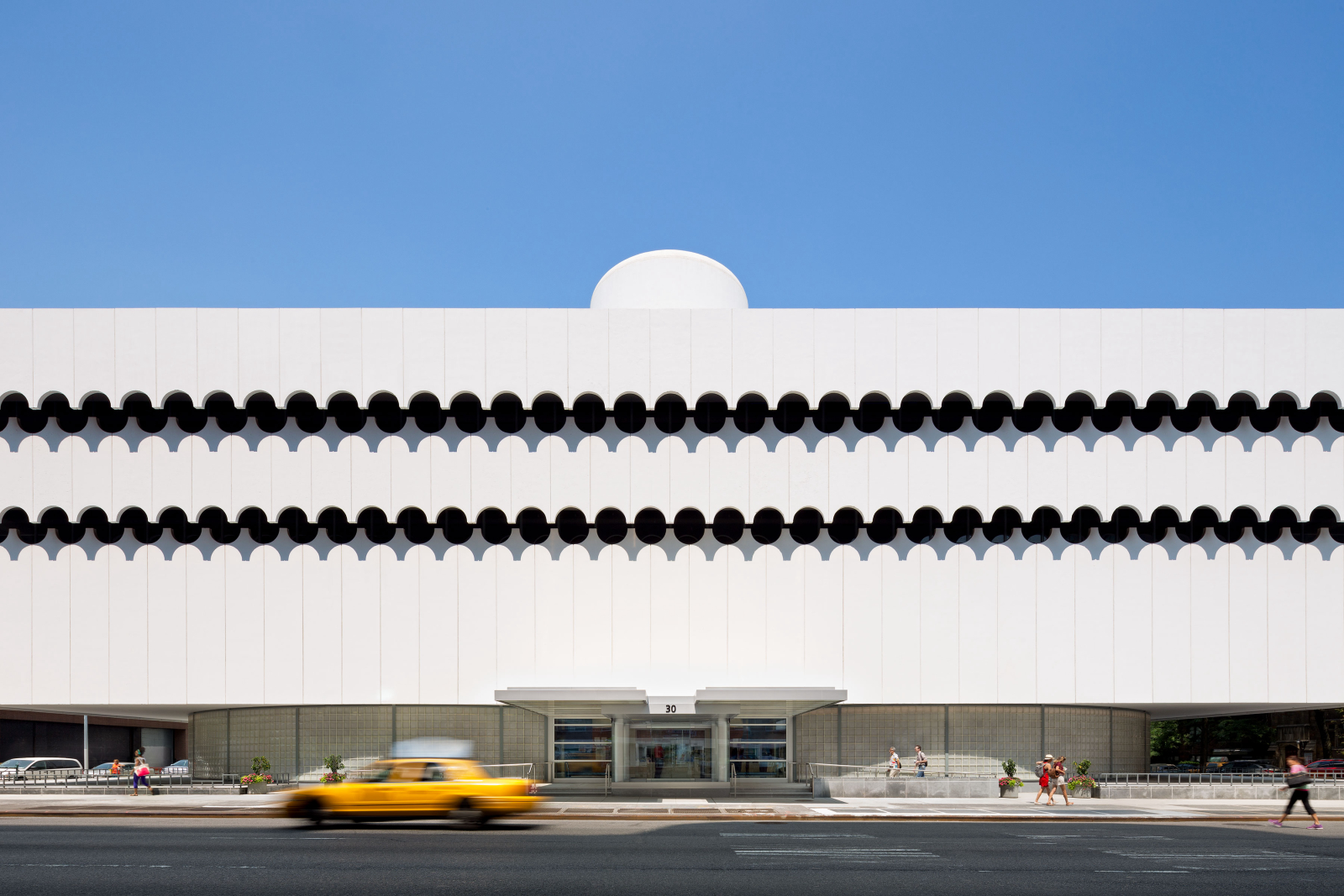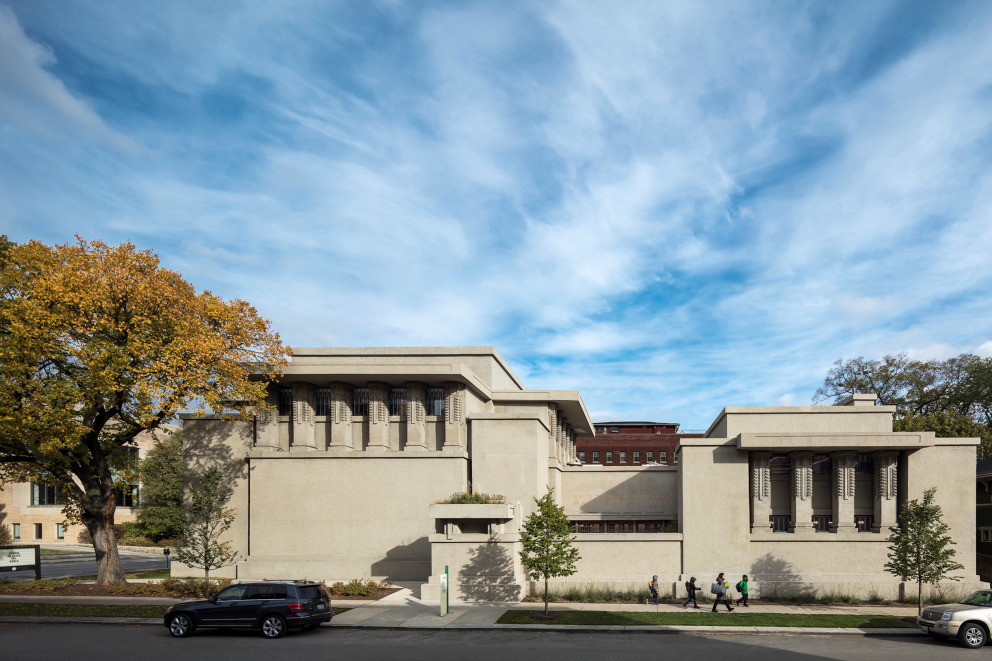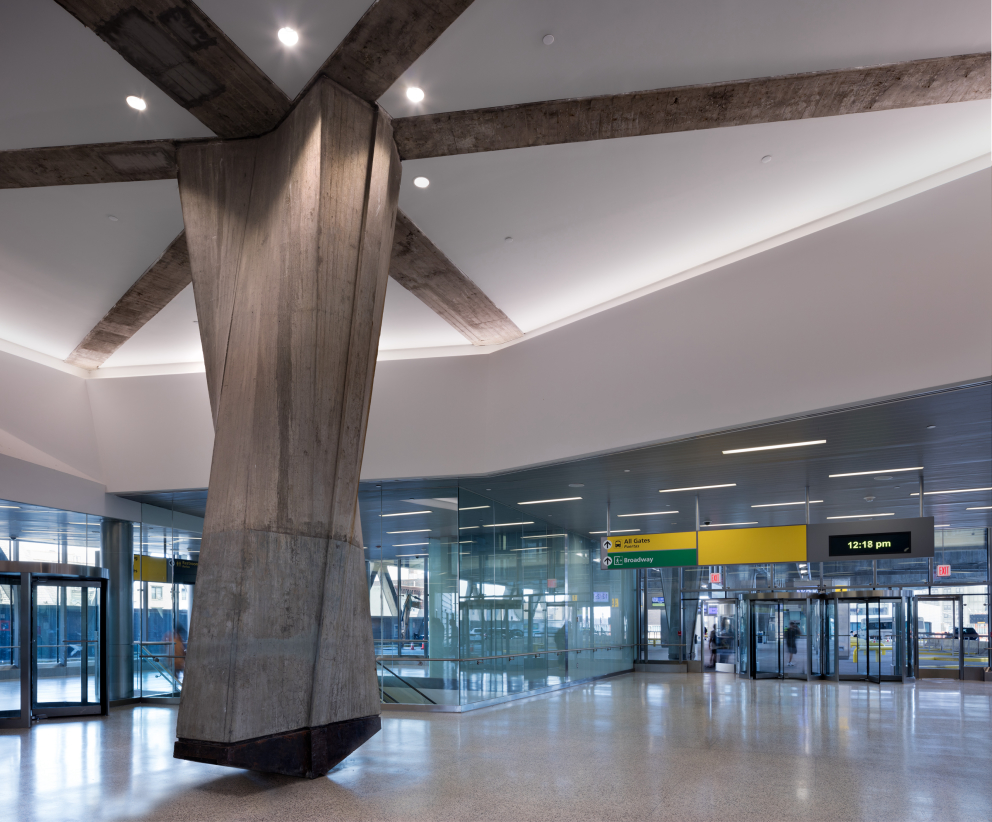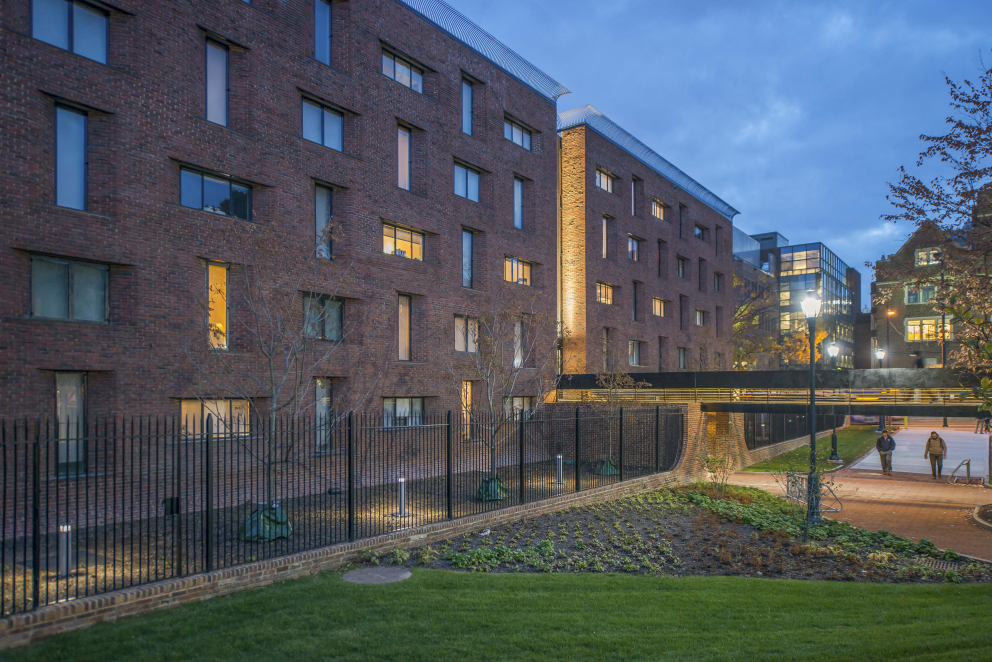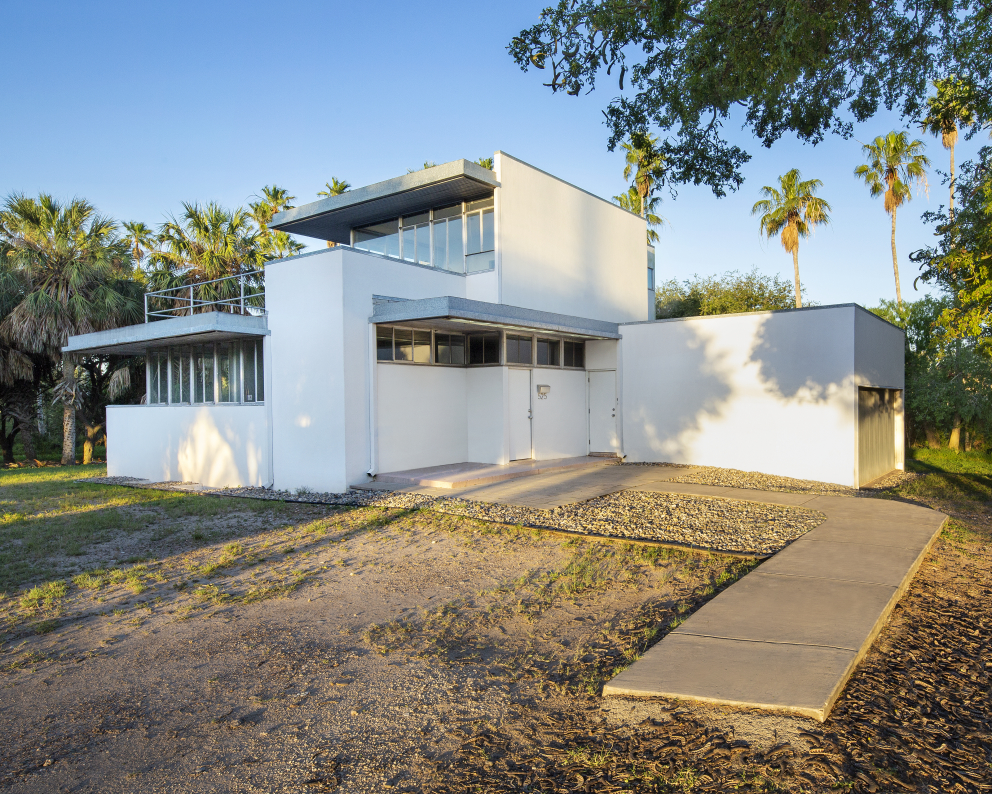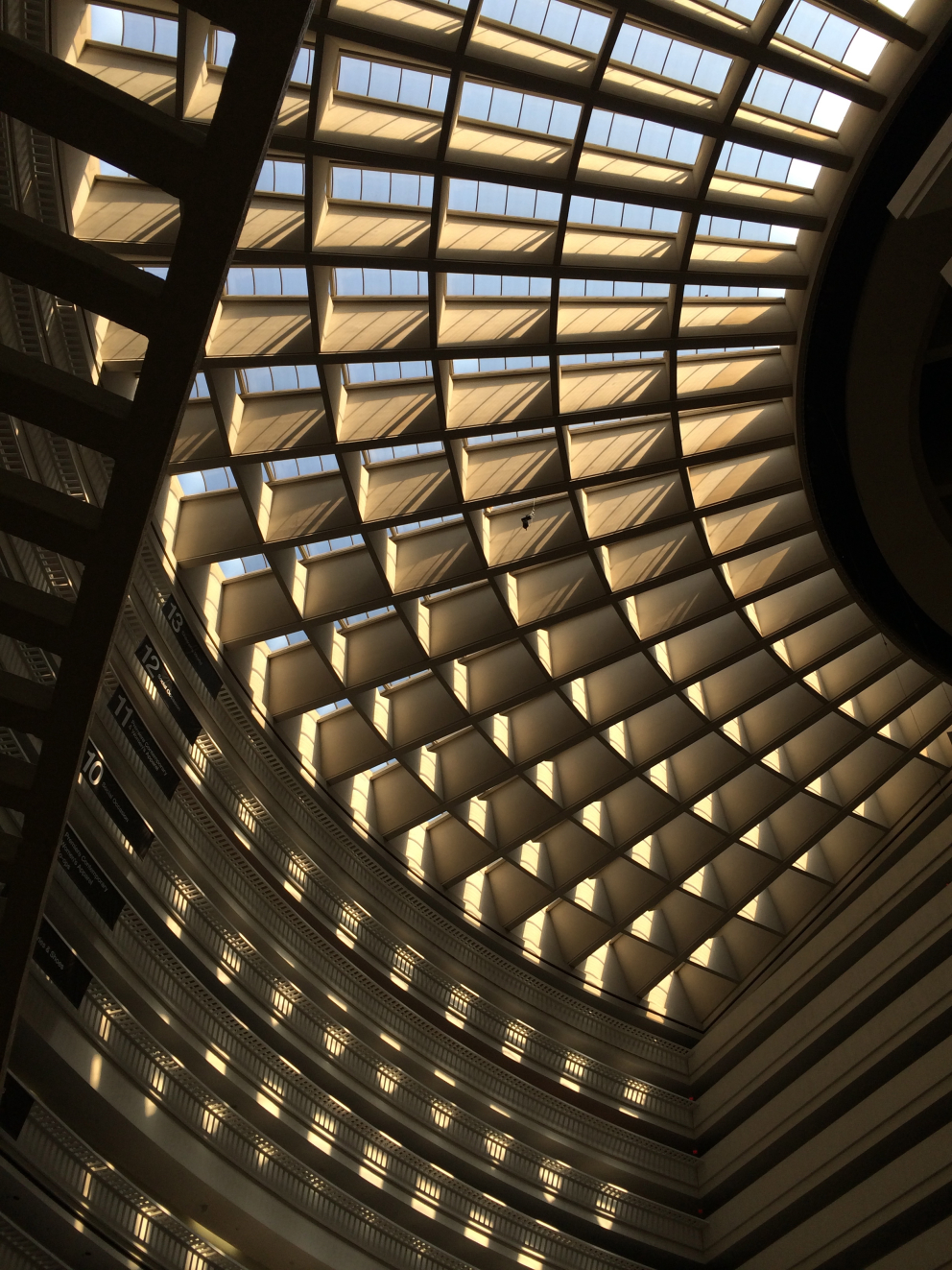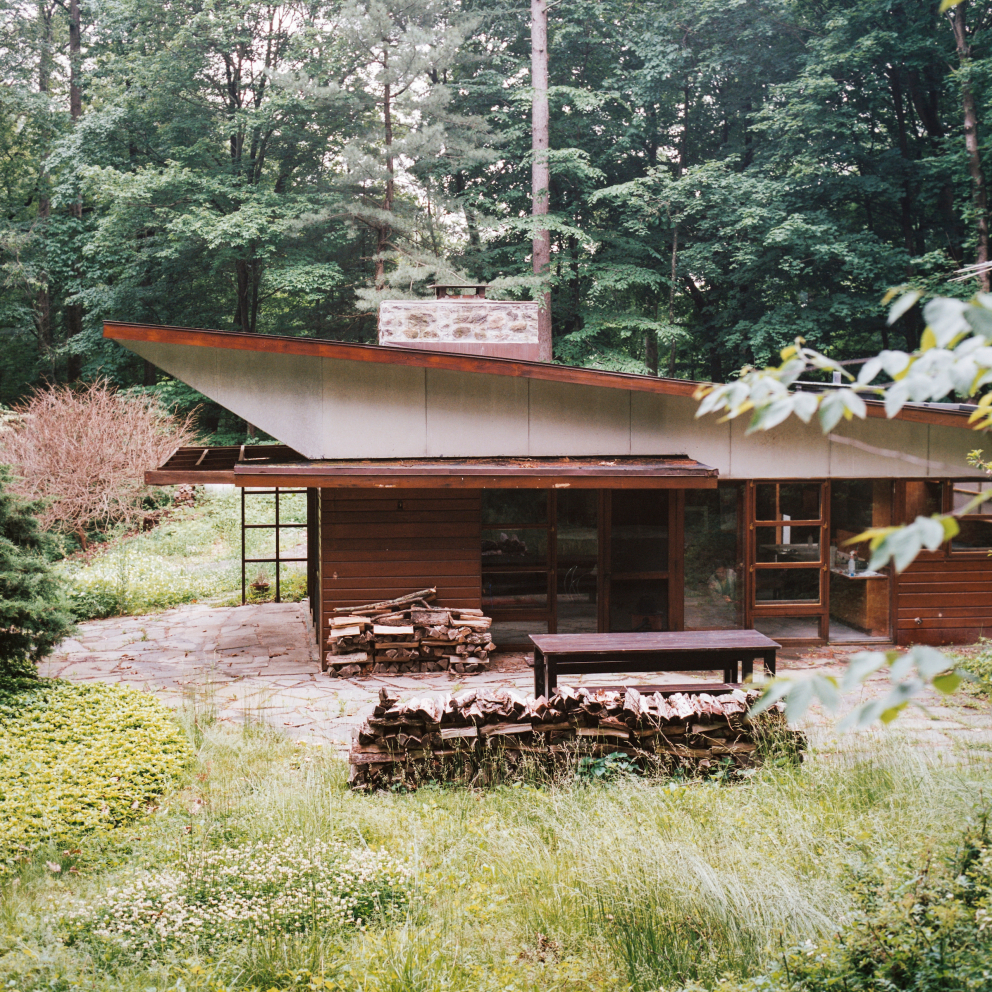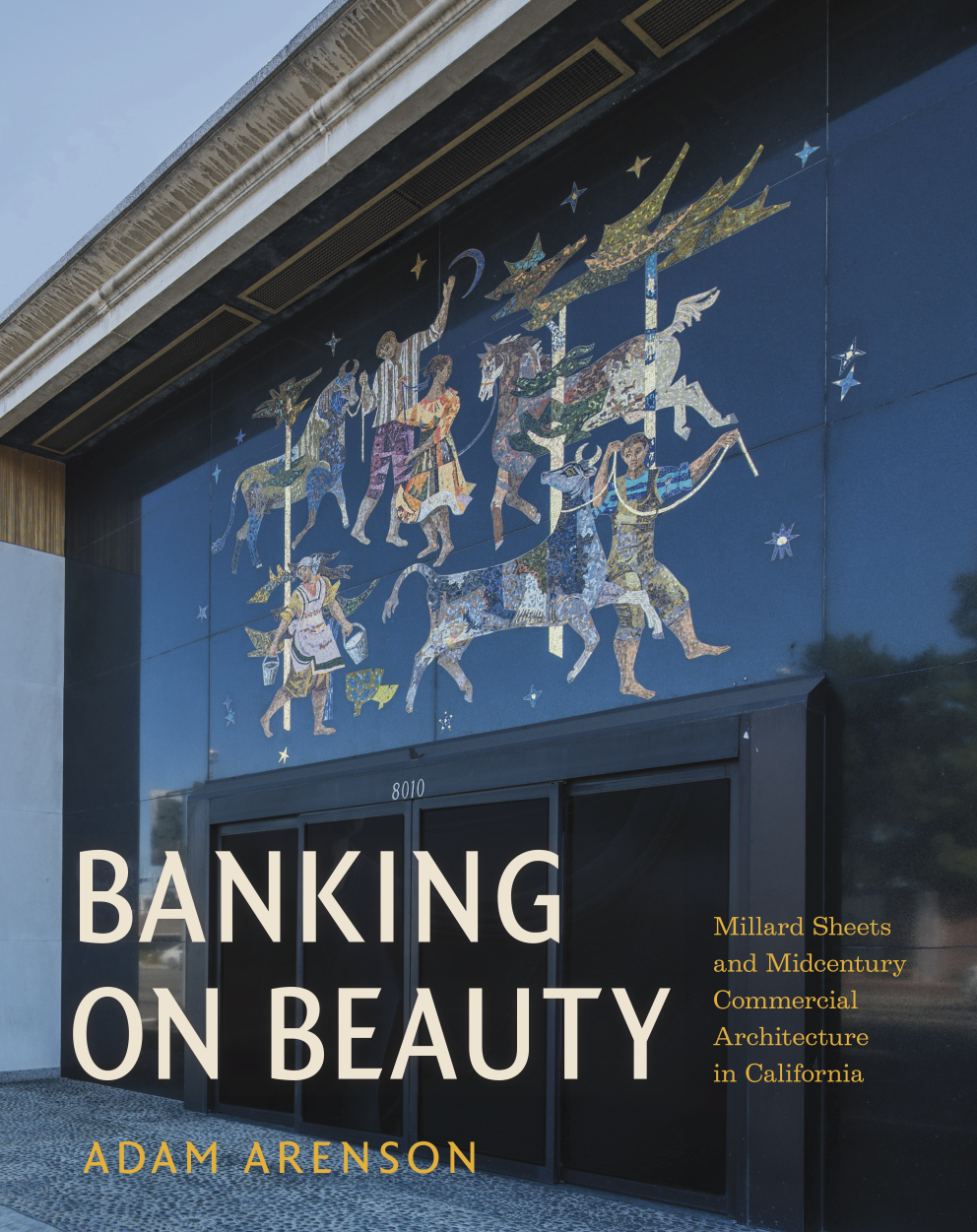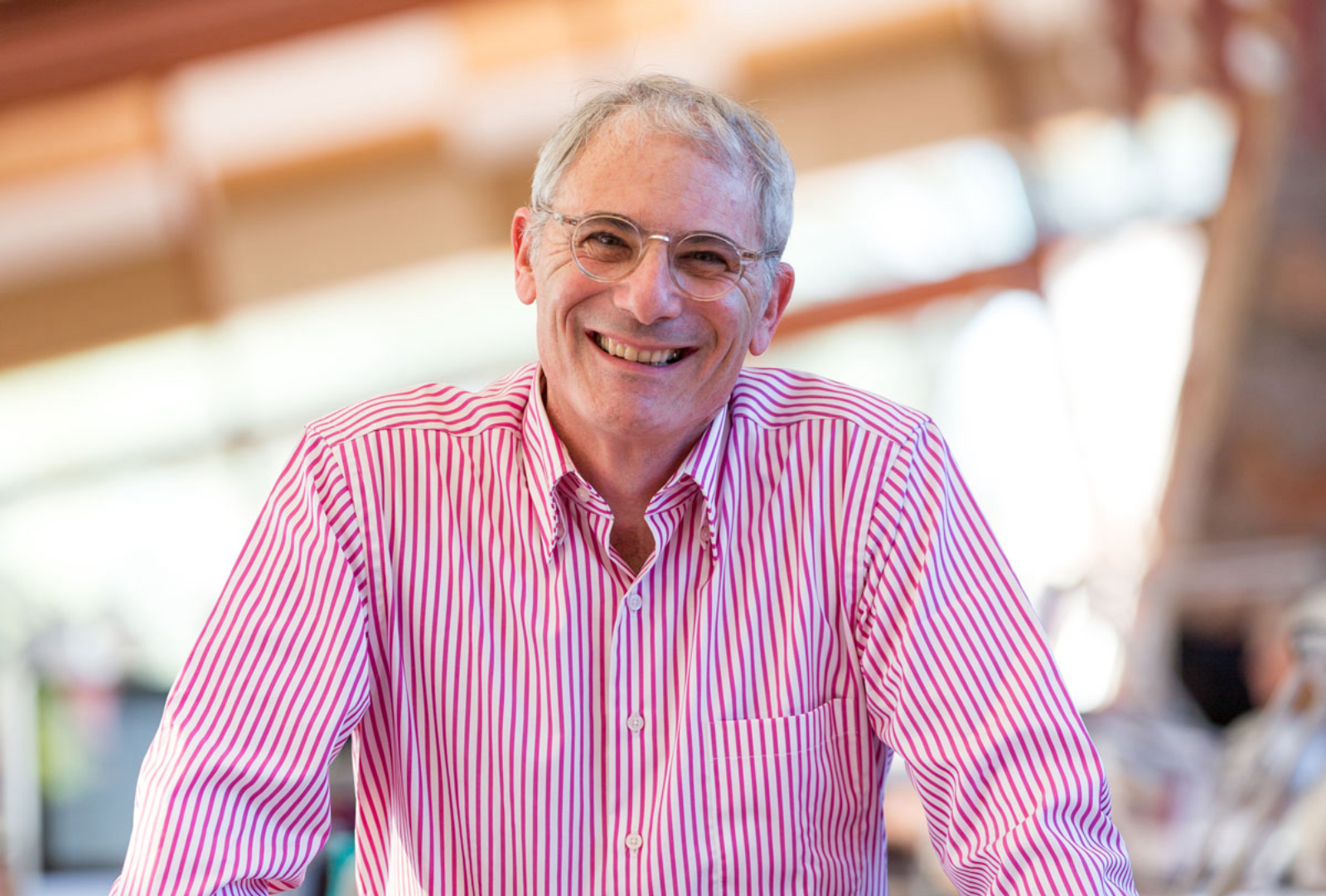Announcing the Winners of the 2018 Modernism in America Awards
Docomomo US is pleased to announce the thirteen recipients of the 2018 Modernism in America Awards. These outstanding projects showcase the highest level of expertise and commitment to careful preservation methods while serving as strong testaments to the efficacy of grassroots efforts, and public and private partnerships.
The projects recognized for the Modernism in America Awards highlight the diversity of significant modern buildings and sites – not just the iconic but also those that are regionally significant - and the increasing importance of regional forces and sensitive development. Hill College House, the George Kraigher House and other projects serve as pivotal examples of the importance of partnerships between owners, institutions, municipalities, architects and the community working together to save and reinvigorate threatened or outdated architecture. The projects highlight the highest level of restoration expertise and demonstrate creative and sensitive 21st century solutions. As modern architecture continues to face developmental pressures, demolition or insensitive restoration, it is paramount to recognize that these projects, like earlier architectural designs, can and must be preserved in meaningful and productive ways that enhance their presence and value in their respective communities.
Speaking on the projects recognized and impact of the Awards program Docomomo US president, Theodore Prudon noted, “By recognizing the important design and preservation work being done around the country that often is overlooked, the Modernism in America Awards program is bringing further awareness to the substantial contribution that preservation in general - and the postwar heritage in particular - makes to the economic and cultural life of our communities."
